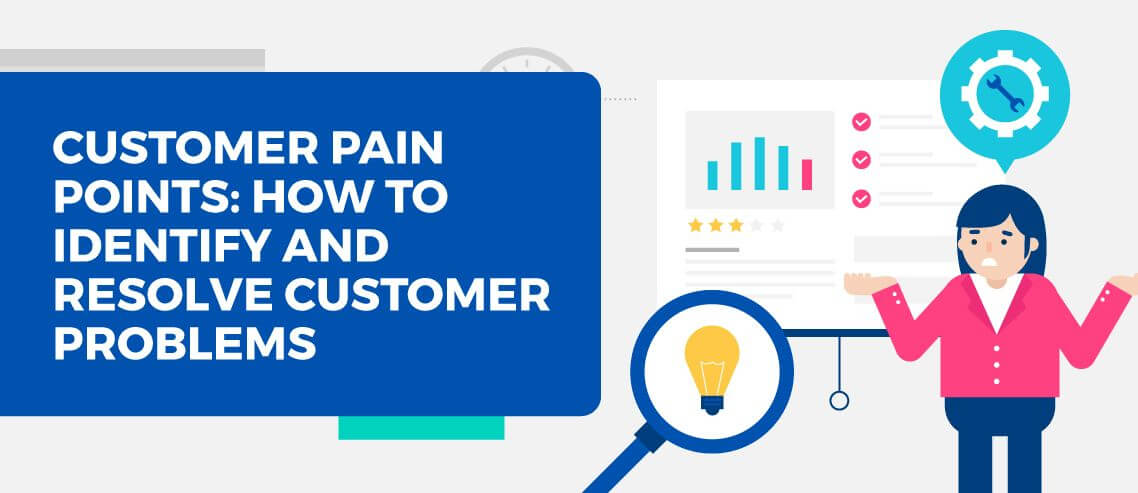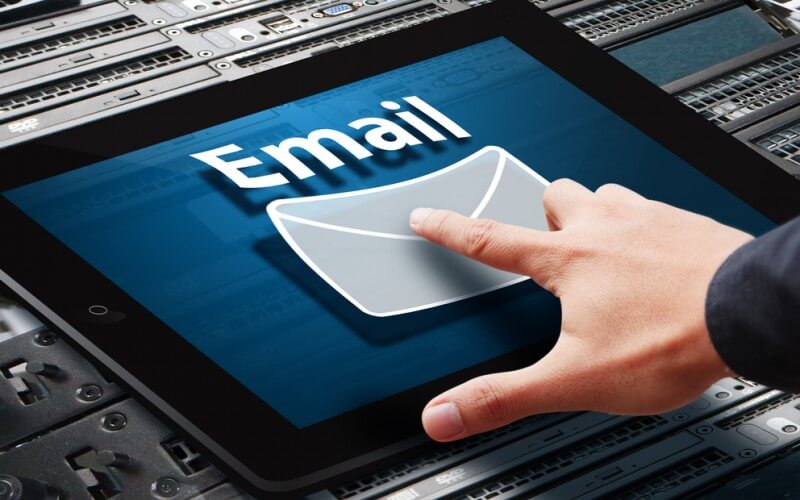How to Use Mailshake to Get Dozens of Amazon Reviews in Your First Week

Contents
If you want to sell a product on Amazon, your first week of sales is absolutely critical. A good launch week means a rise in Amazon’s rankings — which increases your product’s discoverability.
In addition, a strong launch week gives you the opportunity to capture user reviews, which will propel your sales moving forward. These reviews give potential buyers peace of mind that actual people enjoy and trust your product.
But here’s the Catch-22: for your product to be seen and purchased in your launch week, it helps to already have reviews. So how are you going to get them?
Two words: mailing lists.
This post will take you through the steps of using a mail list to get dozens of Amazon reviews — which in turn will encourage the ideally endless cycle of people buying your product, leaving positive reviews, and helping your sales.
1) Send personalized emails at scale
Let’s kick off with one of the most important tips: don’t send your entire mailing list the same email. Segmenting your subscribers into groups and then personalizing a message per group might be more time-consuming — but it’s a much more effective way to grab your subscriber’s attention. There are a number of ways you can personalize your emails:
Group subscribers by interest.
Don’t make the #1 mistake of marketing to everyone. Instead, your mindset should be: what will customers gain from purchasing my product — and who exactly are these customers? In publishing, for example, if someone subscribes to the newsletter of a nonfiction author, they’re likely looking to learn more about that author’s expertise.
Asking yourself what someone might be looking to get out of your emails — and tailoring your groups of subscribers toward those niche interests — will give you an immediate leg up.
Pro tip: Use this Amazon feedback tool to get more product reviews and learn what your audience is thinking.
Call people by their name.
Using people’s names is the most basic example of personalization. Luckily, MailShake has shortcuts! If you’ve set up your CSV file correctly, you can personalize {{company}} as well as {{first}} and {{last}} names) in every email. (This video walks you through the process.)
Take into account how long they’ve been subscribed.
If someone has been on your mailing list for years, you don’t want to talk to them like a complete stranger. On the other hand, if someone has just subscribed, you want to give them more information and context about the kind of content they’ll be receiving from you. You don’t want them to feel like they’re late to the party!
Sending personalized emails at scale is a key part of getting reviews, because you are asking people to vouch for your product, so it requires an extra-personal touch. Putting something direct like ‘Can you do me a favor?’ as the subject line of the email will grab people’s attention. The crucial next step is to then suggest why they might want to leave you a review — how much it will help you, or whether they could gain something (in publishing, this might be a free copy of the book.) Lead magnets such as free webinars, worksheets, or information related to your product are perfect incentives for sign-ups.
2) Don’t go all in at once
Amazon dubs any inconsistently big boost in sales as an anomaly. So, in order to stabilize your position in Amazon’s high-selling ranks, you need to sustain sales and reviews for a week or longer.
Because of this, an effective approach is to contact your mailing list across a number of days. This can all be done in the initial campaign setup: just create your campaign and specify how much of your email list you want to send it to. When you’re ready to send it to more people, simply duplicate the initial campaign and sent it to the next segment of subscribers.
3) Use price promotions
Price promotion sites are a great way to snap up sales in your first week — and you can take the principle behind them and action it for yourself.
Informing customers about a drop in price via email spreads awareness of your sale, which will make people more likely to purchase, enjoy, and (ideally) review. If you make it clear that this promotion is only available or visible to those receiving the email, this will be an especially effective reach-out to customers — and it’ll add a more personal, thought you might like to know about this touch.
4) Follow-up
As I mentioned earlier, you need to prove to Amazon that there is sustained interest in your product. An initial burst of reviews in week one is great! But this makes your actions in week two all the more important, as it will show Amazon that your product has continued interest. This is where follow-up emails come in.
Some say that follow-up sales techniques are the only way you’re going to get anywhere when looking for customers. Whilst this is a tad extreme, it’s true that following up with even just one more email can be super effective.
Mailshake can tell if your subscribers have opened or actioned their emails and you can set automated follow-up emails reminding them to *ACT NOW* before your offer ends (and to leave a review).
Whilst Mailshake will automatically stop these follow-ups if there is a reply, remember there’s a difference between persistence and pestering. Simply automating an email two or three days after the first one (or one day after they clicked on your link) will give the sense that the customer will miss out if they don’t take advantage of the opportunity you’re offering them without overdoing anything, and you can sit back once you’ve set it up.
There is so much power in a sales pitch that doesn’t just say, ‘Take it from me, this product is great!’ and instead offers, ‘Look at all these pleased customers, and their real, positive reviews.’
Reviews are one of the most powerful closing tactics when it comes to selling, and now you have the tools and tips to utilize your mailing list to use them to your advantage, and to their maximum potential.




